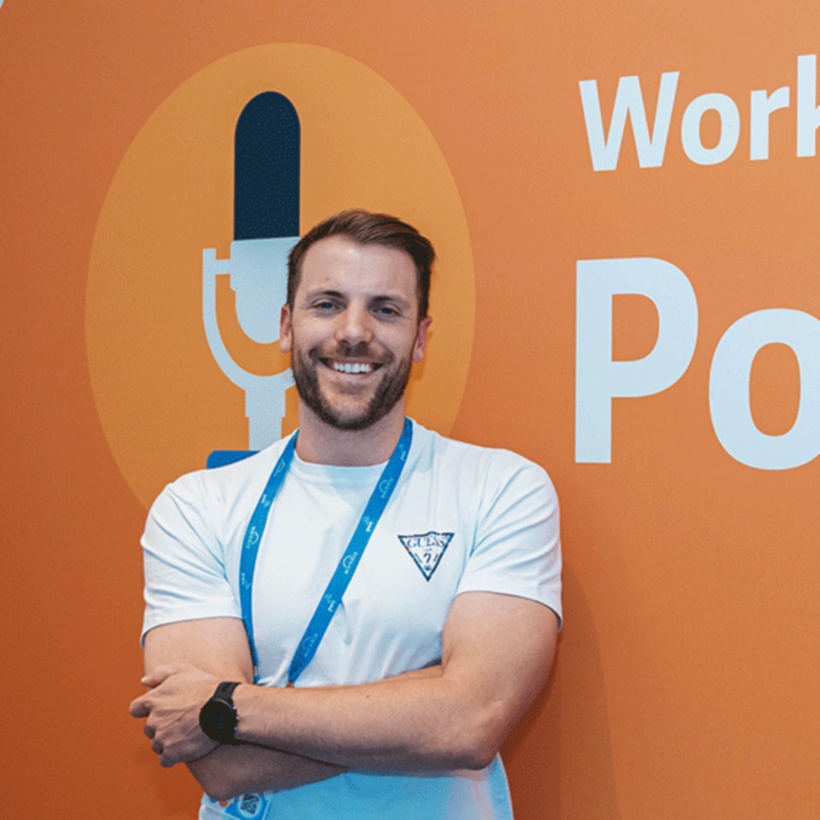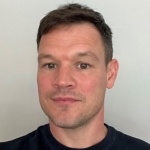While Workday will be at the centre of the IT ecosystem, many applications will surround that core. To streamline the system, the team must start to reduce complexity. “And that's something we have to wisely tackle,” said Bayer. HR and IT together are in the process of analysing the application landscape to determine which serve a strategic purpose – and which have to go.
Meeting user experience expectations is one of top priorities for HR and for IT, as intuitive consumer apps continue to raise the bar. HR tools must stay up-to-date to avoid frustrating employees, Bayer says. “We're all used to how we deal with applications or services in your private life. This is how it has to be for us at work, as well.”
A rolling wave
Simplification is never simple. To streamline its IT ecosystem, Siemens Healthineers had to first contend with its legacy connections to Siemens AG. While the two companies separated in 2018, many IT links remained.
Bayer and team considered a ‘big bang’ process and IT migration to sever old ties in one fell swoop, but the system’s complexity posed too great a risk. So, the company opted for a wave approach instead. The first phase of the implementation is focused on North America, which is home to 25,000 Healthineers. The second phase will include several small-to-mid-sized countries and the third phase will focus on Germany.
“Then we would have the two biggest markets with the highest complexity on Workday,” Bayer says. “In 2025, what I hope to have is a global template we can use for the remaining countries to speed up the final deployment.”
Though the company is taking a regional/country approach, it’s defining processes that will apply worldwide. The process is still ongoing, but the team aims to allow for exceptions only to comply with country-specific regulations or market situations. “Where there is a good reason, there is no doubt that we have to deal with the requirement,” says Bayer. “Does it necessarily mean we have to keep all those surrounding systems? No.”
Bayer says that sticking to the global template will be the team’s priority, but you can’t go from 500 HR systems to one overnight. On day one, he expects Siemens Healthineers will still be running a three digit number of systems, many being connected to the Workday core – with an eye toward slimming the ecosystem further in the future. “There's always the opportunity to continue on that path,” he said.
Momentum for transformation
While some at Siemens Healthineers thought it might be best to simply “forget about the past,” Bayer firmly believed that approach wouldn’t work. “You need to take the people along with you.”
But to get where you’re going, you have to know where you’re starting from. To understand the individual HR IT situations in the different countries, the IT team conducted a global system analysis. They learned how processes are automated and which local topics are critical. This will be one contributing success factor and help to draft the journey from ‘as-is’ to the new ‘to-be’.
“Don't underestimate change management,” Bayer said. “It's a big transformation for the whole organisation.”
Bayer also expects the company’s partnership with Workday to be central to its success. While many companies will implement a platform on their own, then check with the platform provider to see if they got it right, the Siemens Healthineers team plans to stay engaged with Workday every step of the way. This will help to take advantage of every opportunity to streamline the project and avoid any late surprises.
Bayer also plans to continue tapping into the wisdom of the crowd. Because so many other companies have successfully completed Workday implementations, there are plenty of experienced leaders willing to share the lessons they learned. “Along with Workday and the partnership also comes the community,” he said. “Making use of that is something I would definitely recommend.”








